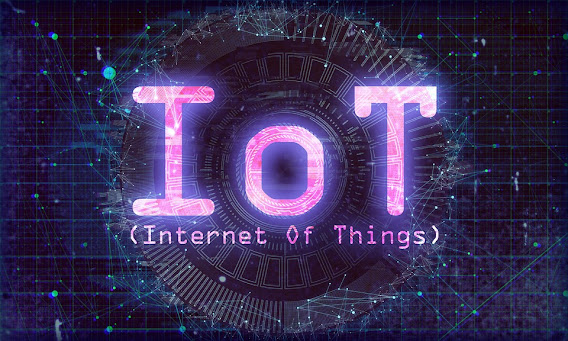How does a Non-Fungible Token (NFT) work?
The non-fungible tokens (NFTs) are digital assets stored on blockchains with unique identity codes and metadata to differentiate them from others. In contrast to cryptocurrency, NFTs cannot be exchanged or traded at the same rate. This is in contrast to the fungible tokens, like cryptocurrencies that are identical to one another and, thus, can be used as a platform to conduct commercial transactions.
Getting to know NFTs
As with physical currency, Bitcoins are also inherently fungible. This means they can be exchanged or traded with one another. For instance, the bitcoin will always be the same value as another bitcoin. Equally, a single amount of ether will always be equal to an equivalent amount. This makes cryptocurrencies an ideal medium for secure transactions of transactions for the modern digital economy.5
NFTs change the paradigm of crypto by making each token distinct and indestructible, making it impossible for a non-fungible token to be identical to one. They represent digital versions of assets. They've been compared to digital passports since every token is unique and has a non-transferable identification that distinguishes them from other currencies. They can also be expanded, which means you can mix an NFT with another to "breed" an additional unique, exclusive NFT.
Similar to Bitcoin, NFTs, too, include ownership information for simple identification and transfer among token holders. Owners can also provide specific information or data regarding the asset part of NFTs. For example tokens that symbolize coffee beans can be classified as fair trade.
NFTs evolved out of the standard ERC-721.It was designed by the same team responsible for ERC-20 smart contracts. ERC-721 is the interface that must be minimum ownership information, security information and metadata needed to trade and storage costs for NFTs as well as batching several kinds of non-fungible tokens into one contract.6
The first crypto kitties launched in November of 2017. Crypto kitties are digital copies of cats, with unique identifications in Ethereum's blockchain. Each cat is different and is accompanied by an ether cost. They reproduce and produce offspring that have different traits and values compared to their parents.
What Are the Benefits of Non-Fungible Tokens?
Non-fungible tokens are a development of the relatively basic idea of crypto currency. Modern finance systems comprise sophisticated loan and trading systems that deal with different types of assets, including real estate, to lending contracts to artwork. With the capability to digitally represent physical asset, NFTs could be an important step toward revamp of this system. The idea that digital symbolism can be used to depict physical objects isn't something new or the idea of having a unique identification.
However, when these ideas are paired with the advantages of a tamper-proof blockchain smart contracts are an effective force to bring about changes.
The most obvious benefit for NFTs are their marketplace effectiveness. Converting physical assets to digital assets speeds up processes and removes intermediaries. NFTs that store digital or physical art works on blockchains remove the need for agents and allow artists to directly communicate with their followers. They can also enhance the efficiency of business processes. For instance, the use of an NFT for wine bottles will enable the various actors involved in the supply chain to communicate with it, and also help to trace its origin, production and sales throughout every step. The consulting company Ernst & Young has already created a solution similar to this for one of its clients.11
These tokens that are not fungible can help in securing identities. Consider the case of passports with physical copies that need to be presented at each crossing point as well as at each exit. By converting individual passports into NFTs each with their own distinct identifying marks, it can be made easier to manage the process of registering and leaving to various countries. In addition, NFTs may fulfill the need for identity management in the digital age as well.12
NFTs can also help investors become more accessible to investing by splitting physical assets, such for real estate. It's much easier to divide digital estate assets among several owners than it is to split an actual asset. The tokenization principle does not have to be limited to real estate but could be extended to other items, including artwork .Thus, art works do not need to necessarily be the sole property of a person. Digital copies of artworks can be owned by several owners, each responsible for a certain portion of the painting.
The most exciting opportunities for NFTs is the development of new industries as well as types of investment. Imagine a property which is divided into many subdivisions, each of which is distinct in its features and forms of property. One division could be located near a beach, while another is situated in a entertainment complex while another is located in a residential zone. Based on the features of the land, each piece of land is distinctive in its own way and is priced accordingly. It is identified by an NFT.
How can a mobile application be created using NFT?
NFT applications for the iPhone and Android allow users to create, mint, and trade artwork. The process of minting, or registering an NFT on a block chain, is becoming easier. More and more applications and platforms are offering user-friendly user experiences for those new to the world of crypto currencies. Other applications simply let you collect your favorite NFTs.


Comments
Post a Comment